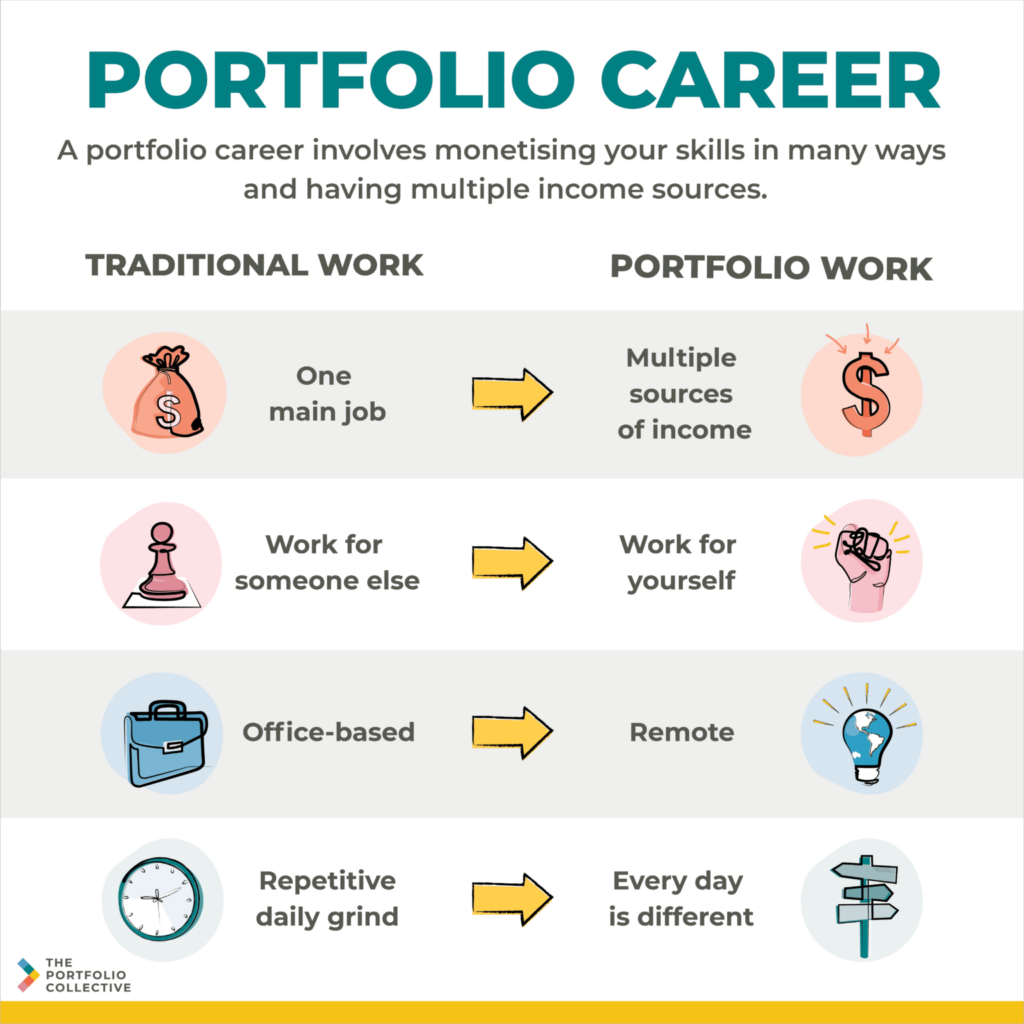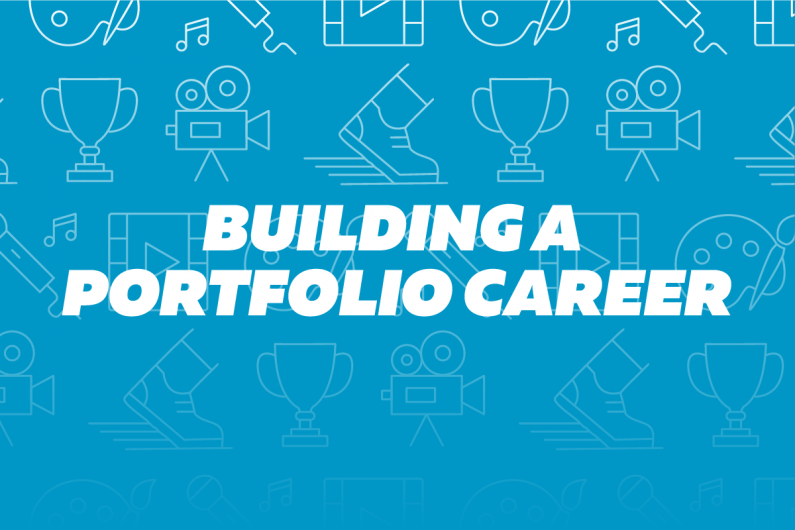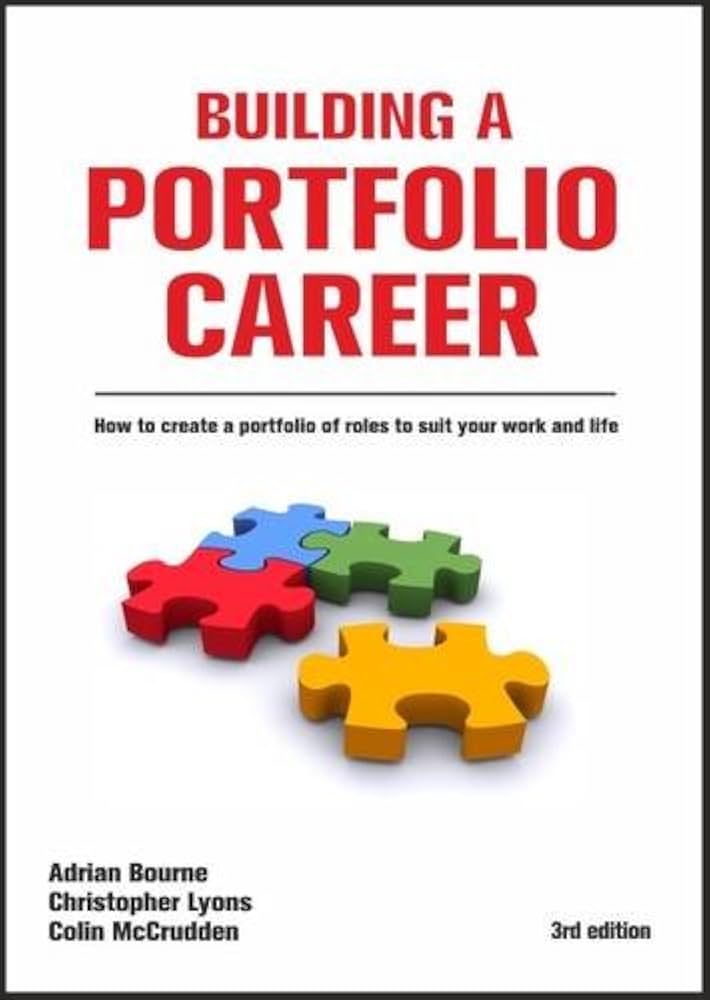Building a Portfolio Career: The Ultimate Guide to Unlocking Professional Freedom

The concept of a portfolio career is increasingly becoming a popular choice among professionals in today’s dynamic and ever-changing job market. If you’ve ever dreamed of having more control over your career, diverse work experiences, and greater flexibility, a portfolio career could be the answer. But what exactly does it mean to build a portfolio career? And how can you start creating one today?
In this article, we’ll dive deep into the benefits of a portfolio career, how to get started, and steps you can take to grow and sustain your own portfolio career. This guide will help you gain clarity on how to strategically combine multiple jobs, freelancing, consulting, and passion projects to build a successful and fulfilling career that suits your lifestyle.
What is a Portfolio Career?
A portfolio career is a work-life approach where a person holds multiple part-time jobs, freelance gigs, side projects, or entrepreneurial ventures at the same time. Rather than relying on a single employer, professionals in a portfolio career have a diversified mix of income streams and work responsibilities, which can provide both stability and variety.
Portfolio careers are often seen as an antidote to the monotony of traditional 9-to-5 jobs. By cultivating multiple professional roles, individuals can tap into different interests and passions, gaining both personal and professional fulfillment.
Why Consider a Portfolio Career?
- Flexibility: Having multiple roles offers greater flexibility in terms of work hours and locations.
- Diverse Skill Development: Managing various jobs allows you to learn new skills, expand your knowledge, and grow as a professional.
- Financial Security: By diversifying your income sources, you reduce the risk of financial instability.
- Creative Fulfillment: Portfolio careers allow you to pursue your passions alongside professional work, fostering greater job satisfaction.

How to Build a Portfolio Career: A Step-by-Step Guide
Step 1: Identify Your Passions and Expertise
The first step in building a successful portfolio career is to identify what skills and passions you want to incorporate into your professional life. Ask yourself:
- What are the areas I’m most passionate about?
- What skills do I want to leverage in multiple contexts?
- How can I combine these skills into multiple roles?
It’s important to understand what you’re good at, what you enjoy doing, and how these intersect. Whether it’s writing, graphic design, consulting, or teaching, your portfolio career should reflect a combination of your interests and professional expertise.

Step 2: Diversify Your Income Streams
One of the main advantages of a portfolio career is the diversification of income streams. Having a variety of roles and clients will ensure that you aren’t financially dependent on any one source. Here are some ways to diversify:
- Freelancing: Platforms like Upwork, Fiverr, or Toptal offer freelance opportunities in fields such as writing, web development, marketing, and design.
- Part-Time Jobs: Seek out part-time roles that align with your expertise and interests. These positions could be in a similar industry or something entirely different.
- Consulting: If you have significant experience in a specific field, consider offering consulting services to businesses or individuals.
- Creative Projects: Monetize your hobbies or creative passions, such as starting a blog, YouTube channel, or podcast.
By diversifying, you protect yourself against the risks of relying on one employer or industry. If one source of income decreases, you have others to fall back on.
Step 3: Build a Strong Personal Brand
A crucial element of a portfolio career is establishing a personal brand. Your personal brand represents who you are, what you do, and how you can add value to others. It’s important to communicate your expertise and experience clearly across all platforms. Here’s how to get started:
- Create a Professional Website: Your website should act as a central hub for showcasing your portfolio, testimonials, and contact information.
- Update Your LinkedIn: Make sure your LinkedIn profile reflects all your roles, side projects, and freelancing gigs. This gives potential employers and clients an overview of your versatility.
- Networking: Engage with communities in your industry to expand your network. Attend conferences, webinars, and meetups to increase your visibility.
A strong personal brand is essential for attracting opportunities and establishing credibility in multiple fields.
Step 4: Manage Your Time Effectively
Balancing multiple jobs and projects requires excellent time management skills. Without the structure of a full-time job, it can be easy to overcommit or get overwhelmed. Here are some tips for managing your time effectively:
- Use Time Blocking: Allocate specific blocks of time for different roles and tasks. This will help you stay organized and ensure that you’re giving each role the attention it deserves.
- Prioritize: Not every task is equally urgent. Learn to prioritize tasks based on deadlines, importance, and impact.
- Set Boundaries: Make sure you set clear boundaries between your different roles. This includes not overworking and making time for personal activities and rest.
Time management is the cornerstone of a successful portfolio career.
Step 5: Seek Out Clients and Job Opportunities
To grow your portfolio career, you’ll need to actively seek out clients or job opportunities. Here’s how:
- Leverage Job Boards: Platforms like Indeed, We Work Remotely, and FlexJobs list part-time, freelance, and contract opportunities across a variety of industries.
- Pitch to Potential Clients: Reach out to businesses or individuals you admire and offer your services. Tailor each pitch to the client’s specific needs.
- Build a Portfolio: Showcase your previous work, side projects, and any results you’ve achieved in your areas of expertise. A strong portfolio will help you win clients and land gigs.
The more proactive you are in seeking opportunities, the faster you’ll build momentum in your portfolio career.
Step 6: Continuously Learn and Improve
In a portfolio career, continuous learning is key. You’ll likely be juggling different roles and industries, which requires ongoing professional development. Consider:
- Taking online courses to improve your skills in areas like coding, design, or business management.
- Reading books and industry blogs to stay updated on the latest trends and practices in your field.
- Joining professional organizations for networking opportunities and access to exclusive resources.
A commitment to learning ensures that you remain competitive and adaptable in an ever-evolving job market.

Advantages of a Portfolio Career
A portfolio career offers several key advantages that traditional full-time employment may not provide. These benefits include:
- Work-Life Balance: With control over your work schedule, you can achieve a better work-life balance, spending more time with family, traveling, or pursuing hobbies.
- Increased Job Satisfaction: You have the flexibility to choose projects or roles that you are passionate about, leading to higher job satisfaction.
- Reduced Job Insecurity: Having multiple income streams makes you less dependent on a single employer, reducing the impact of job loss or layoffs.
- Personal Growth: The variety of tasks and industries you engage with leads to faster personal and professional growth.
FAQs About Building a Portfolio Career
1. What are the key benefits of a portfolio career?
A portfolio career offers flexibility, diversified income, personal growth, and job satisfaction. It allows you to work on a variety of projects and gain new skills, all while maintaining a better work-life balance.
2. How do I start a portfolio career?
Start by identifying your passions and skills, then begin looking for freelance or part-time roles that align with your expertise. Build a personal brand, network, and manage your time effectively.
3. How can I manage multiple roles in a portfolio career?
Effective time management, setting clear boundaries, and prioritizing tasks are crucial. Use time-blocking, avoid overcommitting, and ensure you make time for rest.
4. What skills are most important for a portfolio career?
Time management, communication, and the ability to juggle multiple projects are essential. Additionally, skills in self-promotion and networking will help you attract clients and job opportunities.
5. Can a portfolio career replace a full-time job?
Yes, for many people, a portfolio career can replace a traditional full-time job. It provides the flexibility and variety that many find more fulfilling than a standard 9-to-5 role.
Conclusion: Embrace the Freedom of a Portfolio Career
Building a portfolio career is not just a trend—it’s a strategic approach to designing your professional life on your terms. By combining multiple roles, learning new skills, and managing your time effectively, you can unlock the professional freedom and
personal fulfillment you’ve always wanted. Whether you’re a freelancer, consultant, or entrepreneur, a portfolio career offers endless opportunities for growth and success.
Start today and take the first step toward building your dream career. The possibilities are endless!

